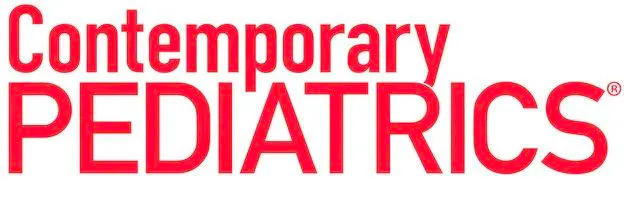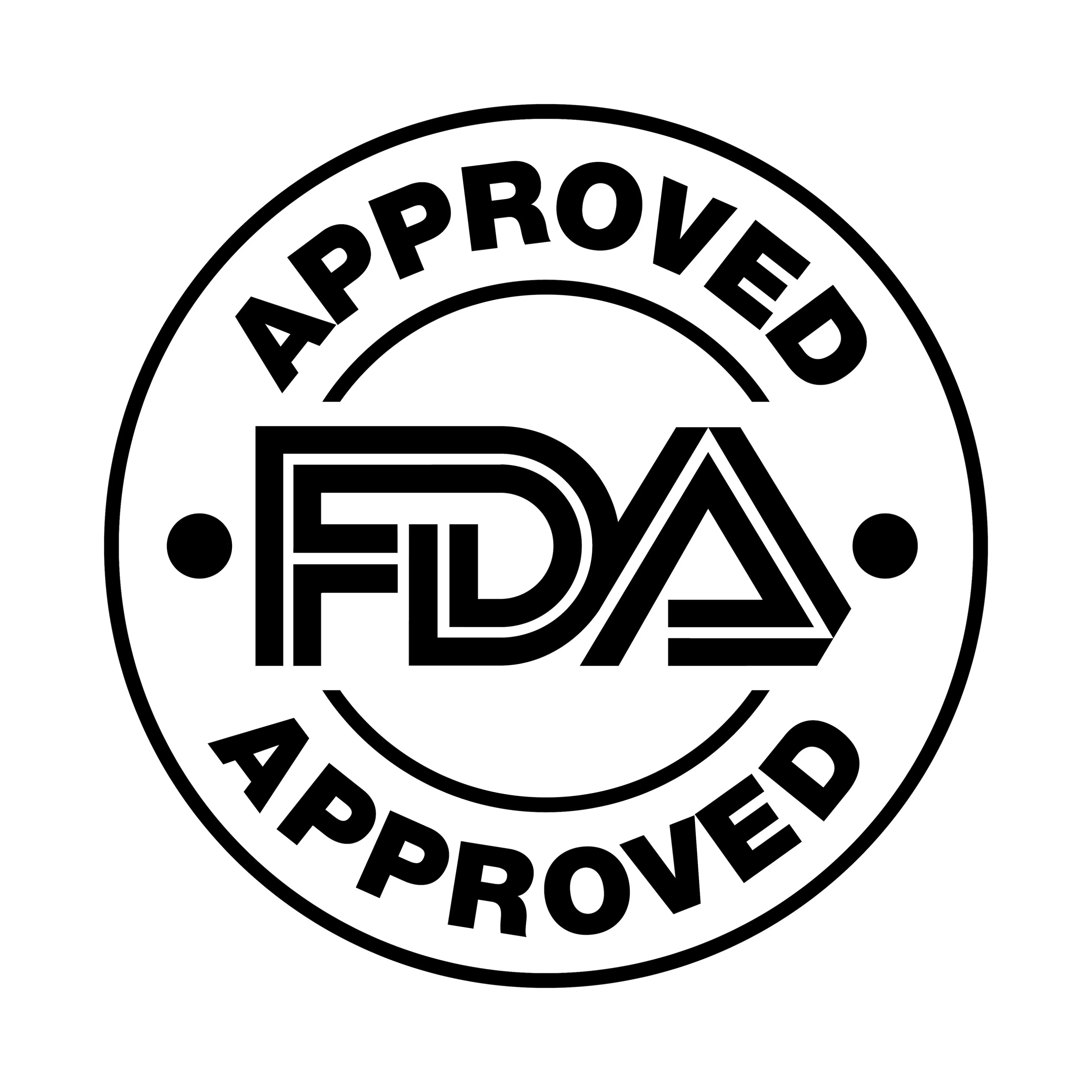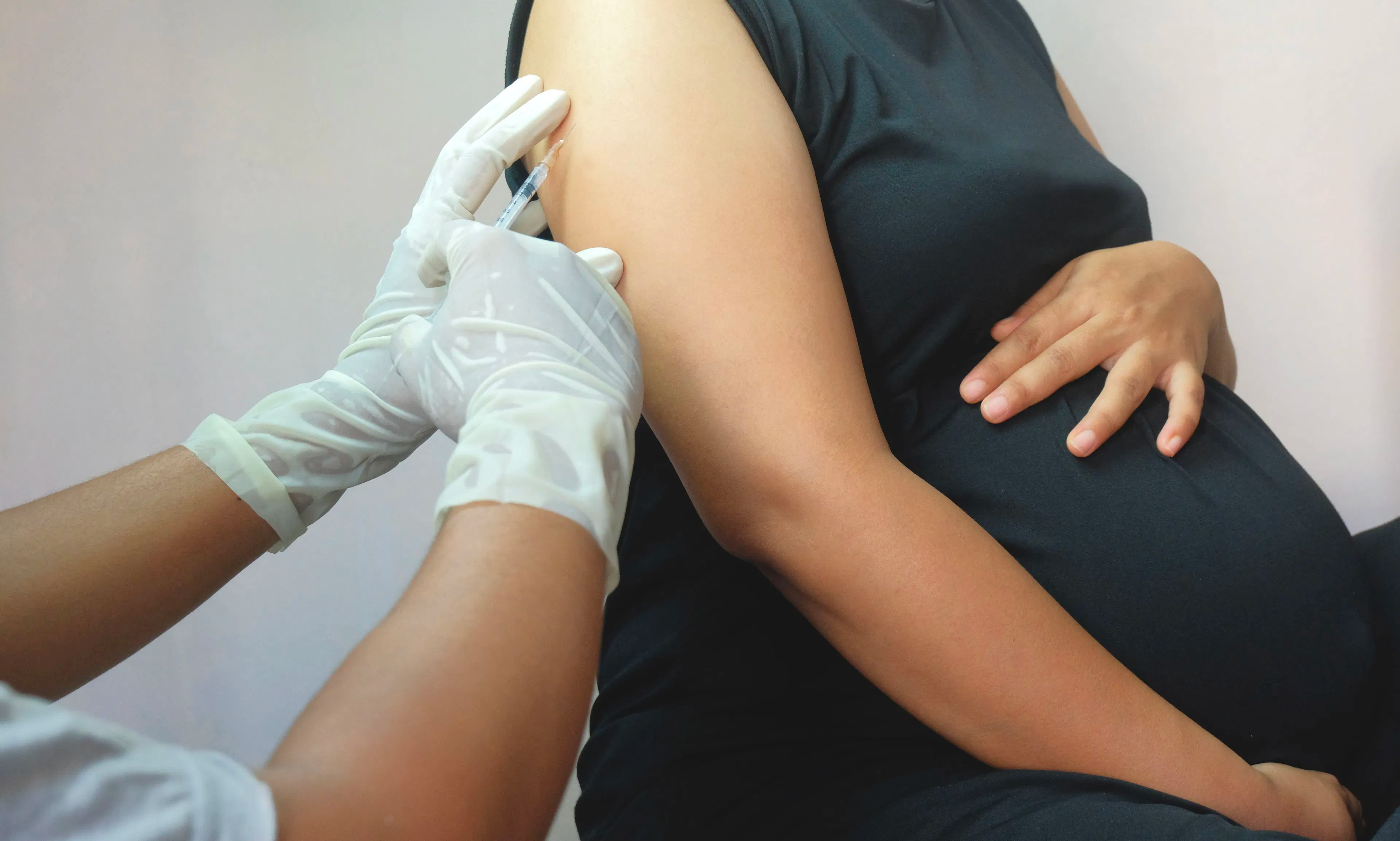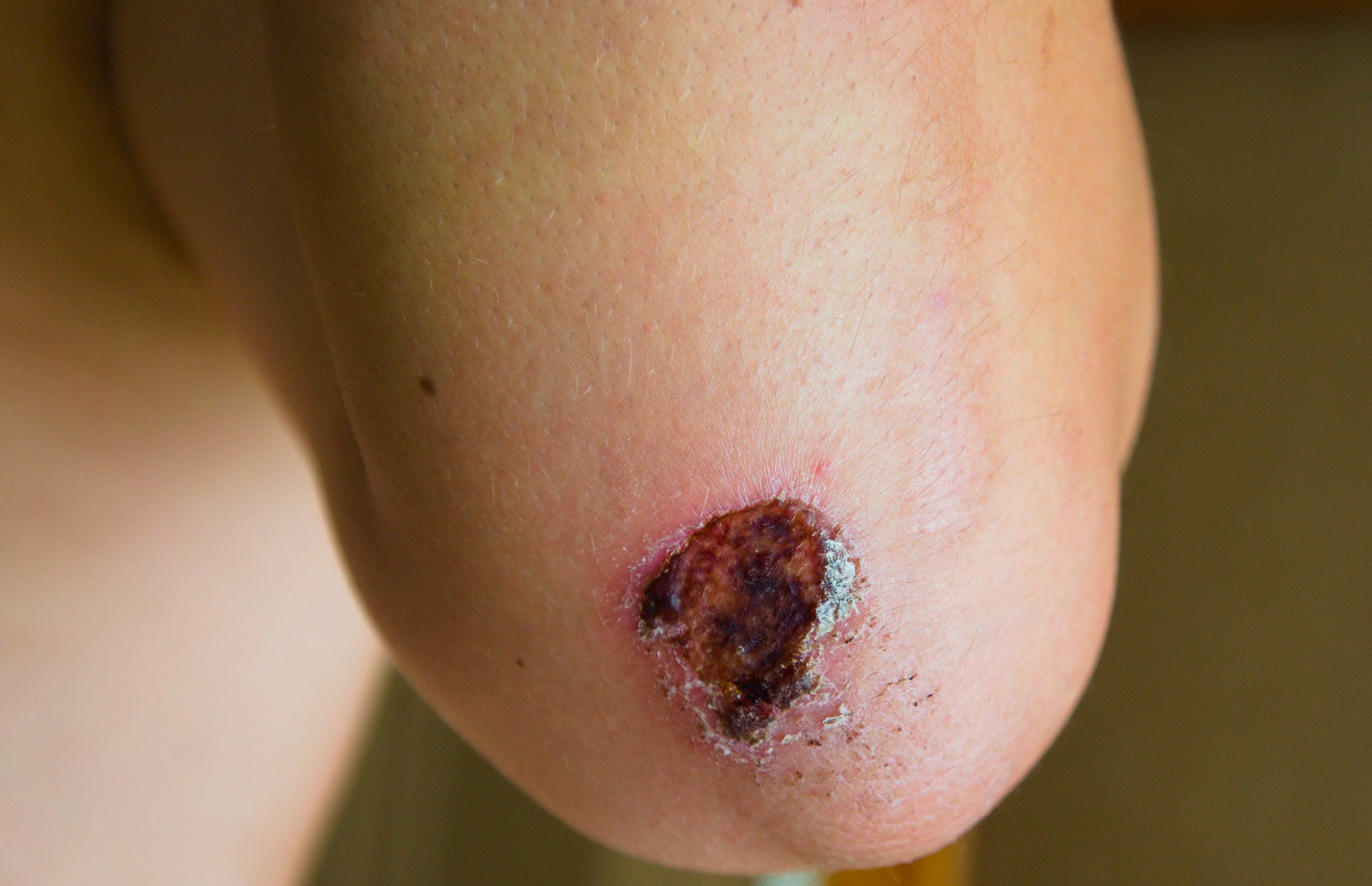Contemporary Pediatrics week in review: New EoE treatment, USPSTF recommendation
Review some of the top stories from the Contemporary Pediatrics website over the last week, and catch up on anything you may have missed.
Image credit: Contemporary Pediatrics

Thank you for visiting the Contemporary Pediatrics® website. Take a look at some of our top stories from last week (Monday, January 22 to Friday, January 26, 2024), and click on each link to read and watch anything you may have missed.
1.) FDA approves dupilumab for eosinophilic esophagitis in children aged 1 to 11 years
The approval makes dupilumab the first and only treatment specifically indicated for eosinophilic esophagitis (EoE) patients aged 1 to 11 years that weigh at least 33 lbs (15 kg).
Click here for the full FDA approval article.
2.) USPSTF: Speech, Language Delay Screening Lacks Evidence in Young Children
A new recommendation statement from the Preventive Services Task Force remains inconclusive on the benefits versus risks of asymptomatic screening for speech and language delay disorders.
Click here for highlights from the USPSTF statement.
3.) COVID-19 vaccination during pregnancy and offspring neurodevelopment
Investigators of a new study concluded that maternal vaccination was safe with regard to neurodevelopment of the child at ages 12 months and 18 months.
Click here for full highlights of the study published in JAMA Pediatrics.
4.) How could NexoBrid change the pediatric thermal burn treatment landscape?
“In pediatric patients, we know that there will be increased scar tissue formation, so it is even more necessary to prevent and reduce the residual burn scars,” Stan Monstrey, former secretary general, president, European Association of Plastic Surgeons, told Contemporary Pediatrics.
Click here for more information on NexoBrid and additional commentary/reaction.
5.) Study finds buprenorphine reduces congenital malformation risk in infants
A recent study revealed that infants exposed to buprenorphine during the first trimester exhibit a significantly decreased risk of developing congenital malformations associated with opioid exposure compared to infants exposed to methadone.




